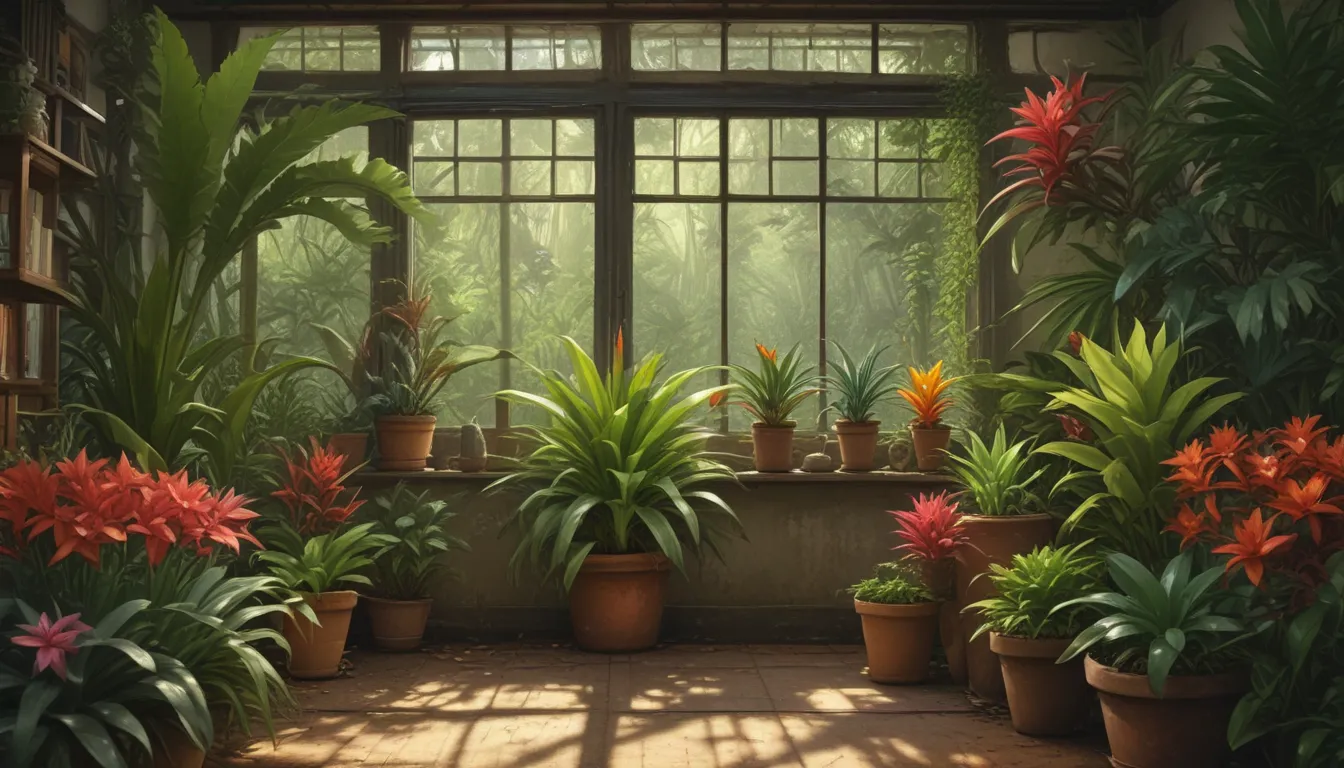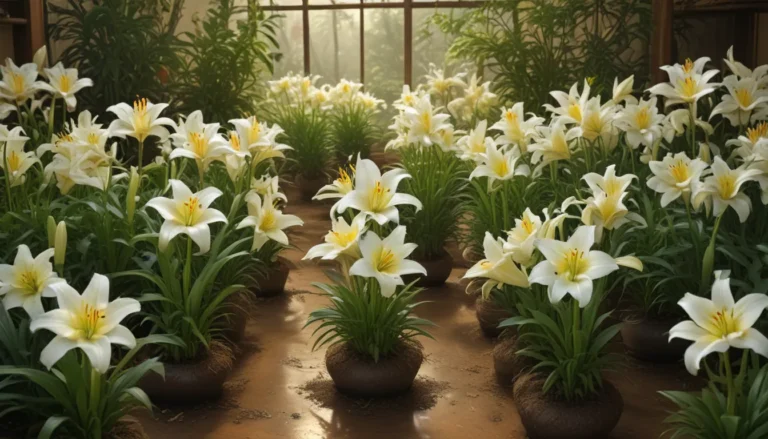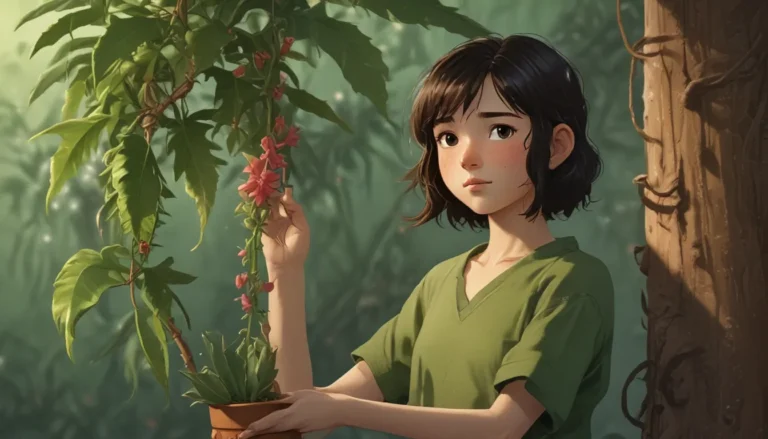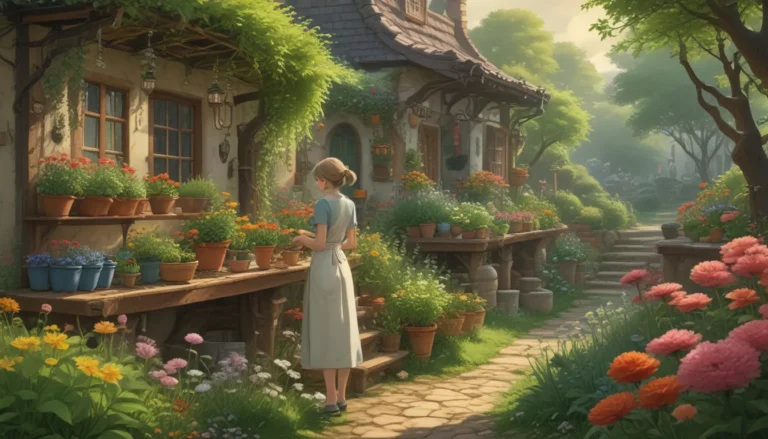How to Care for Bromeliads After Blooming: A Complete Guide

Bromeliads are truly unique plants, known for their stunning foliage and colorful blooms. While these plants only flower once in their lifetime, there is much we can do to continue enjoying their beauty long after the blooms have faded. In this comprehensive guide, we will discuss everything you need to know about caring for bromeliads after they have bloomed.
Understanding Bromeliads
Bromeliads are part of the Bromeliaceae family and encompass a wide range of species, from pineapples to air plants. While these plants are known for their striking flowers, it’s essential to remember that the colorful bracts we often associate with blooms are not the actual flowers. The flowers themselves are small and appear at the end of the flower stem, enclosed by vivid, leaf-like bracts.
Most bromeliads are monocarpic, meaning they flower once and then die. However, species in the Dyckias and Hechtias genera, as well as some Tillandsia species, can bloom repeatedly. After the parent plant flowers, it will produce offshoots called “pups.” These pups will eventually mature into new plants, allowing you to continue enjoying bromeliads in your home.
Care During and After Flowering
When caring for a flowering bromeliad, continue to provide it with the same light and water conditions as before. Once the blooms have faded, you can remove the spent flowers to encourage new growth. To support the development of pups, maintain regular watering and provide bright, indirect light. Additionally, feeding the plant with a balanced fertilizer after the blooms have faded can help support the growth of new offsets.
Raising Pups
If you’re interested in propagating your bromeliad, you can raise the pups it produces into full-sized plants. Wait until the pups are about half the size of the parent before removing them and potting them up in their own containers. The pups will quickly develop their root systems and grow into mature plants. If the pups are not large enough before the parent plant dies, you can still remove them and pot them up, but they may require some extra care during this time.
Expand Your Plant Collection
While it may be disappointing that bromeliads only flower once, there is still plenty of enjoyment to be had from these unique plants. Potting up the pups and watching them grow can be a rewarding experience for any plant enthusiast. Share your bromeliad experiences in the comments below and let us know if you plan to separate the pups.
If you’re interested in exploring more houseplants and learning how to care for them, check out these comprehensive guides:
– Epiphytes 101: The Best Options to Grow as Houseplants
– Name that Air Plant: 17 of the Best Tillandsia Varieties for Soilless Gardening
– How to Grow and Care for Prayer Plants
By following these tips and techniques, you can ensure that your bromeliads continue to thrive long after they have bloomed. Embrace the unique lifecycle of these plants and enjoy the beauty they bring to your home.
Remember, while bromeliads may bloom only once, the joy of caring for and propagating these plants can be a rewarding experience for any plant lover. Happy gardening!





